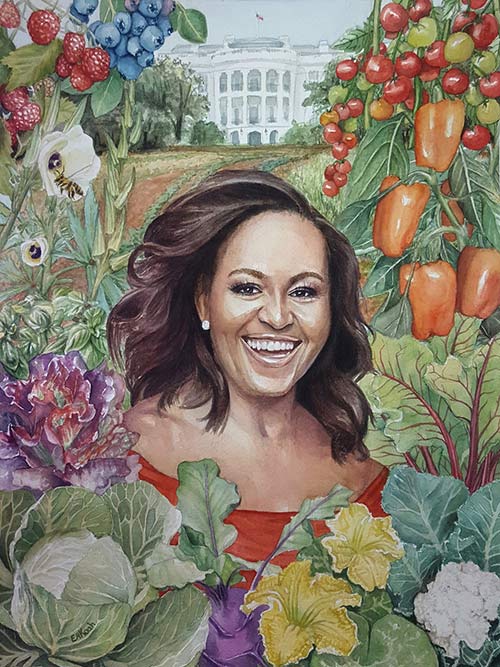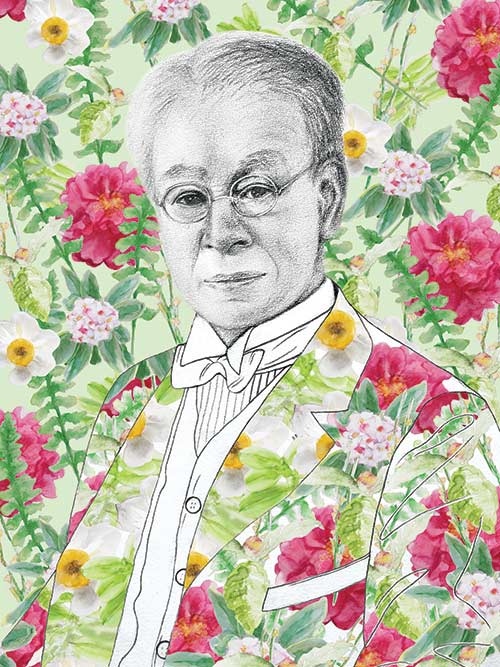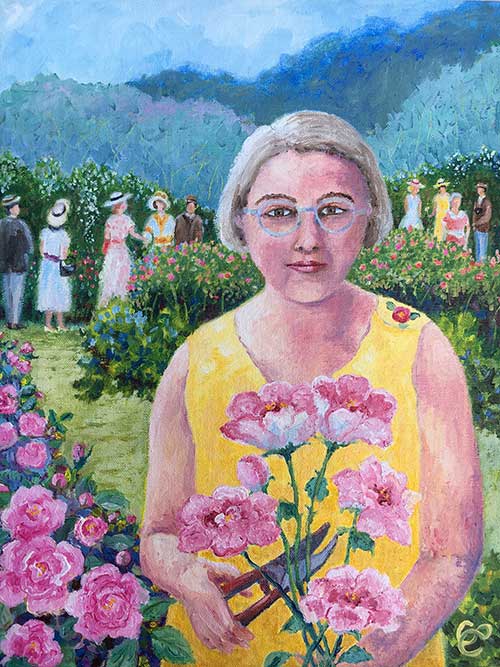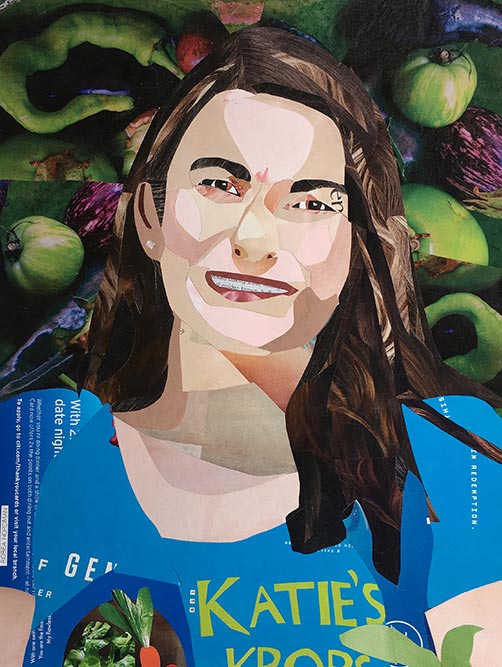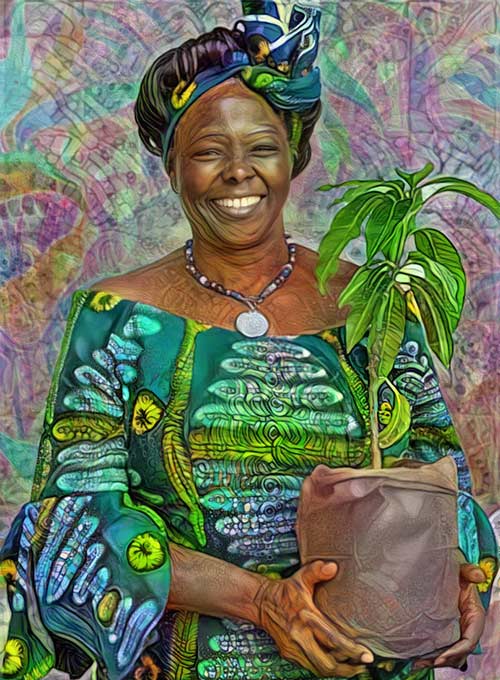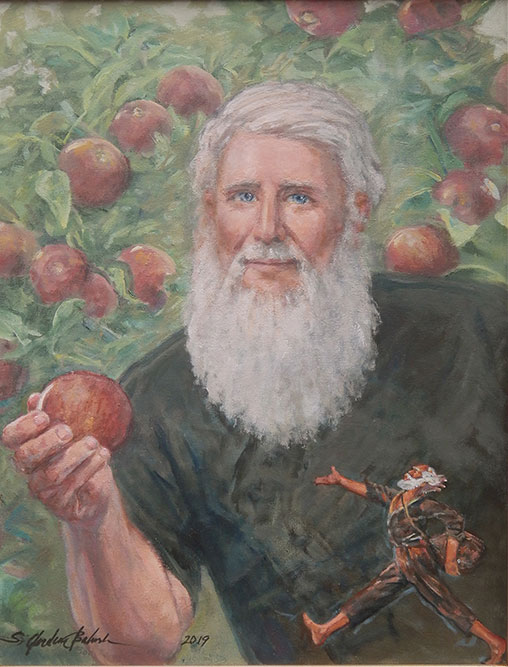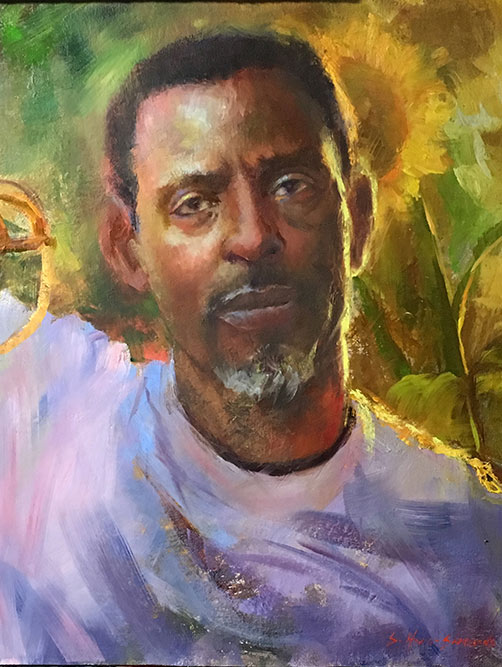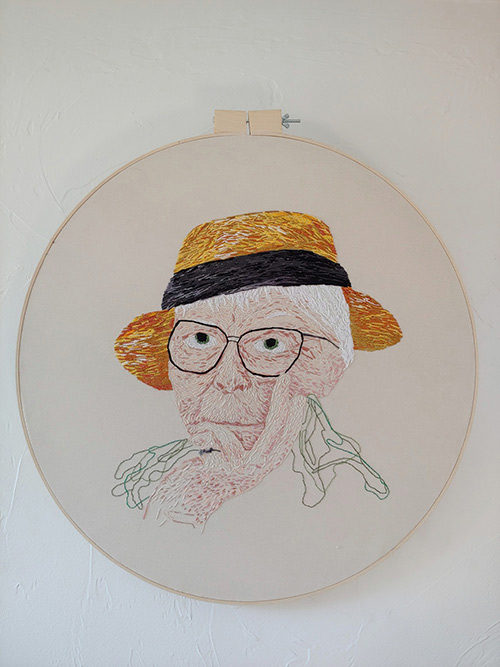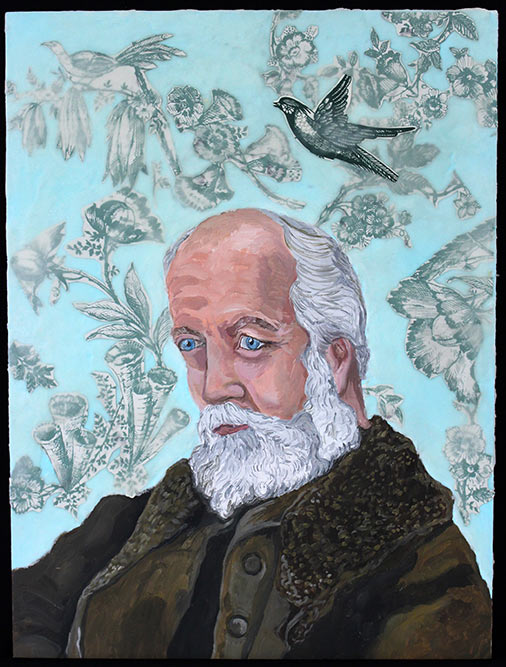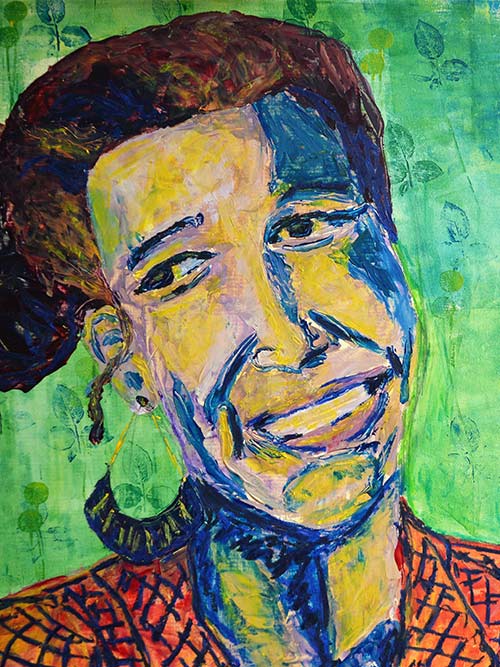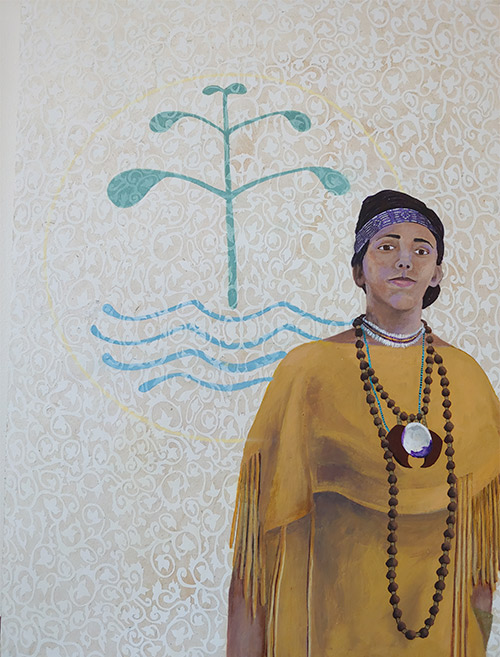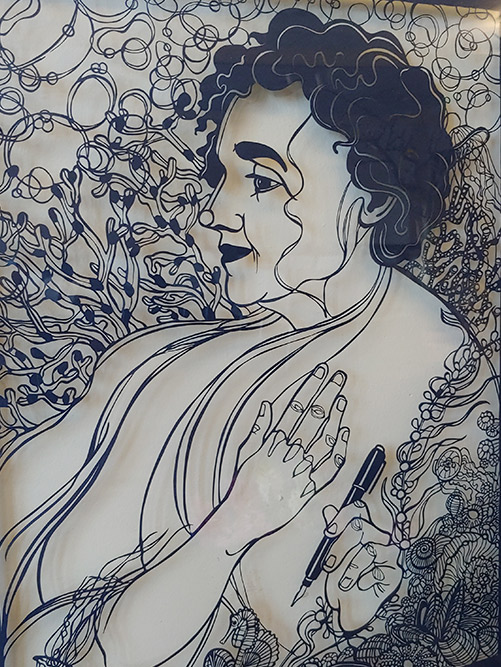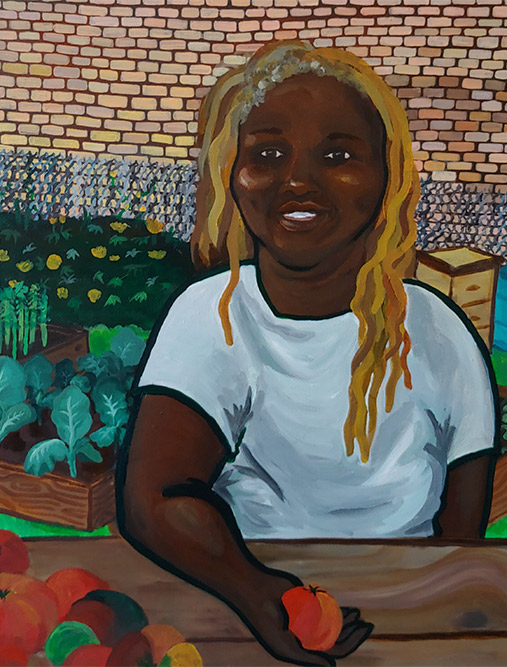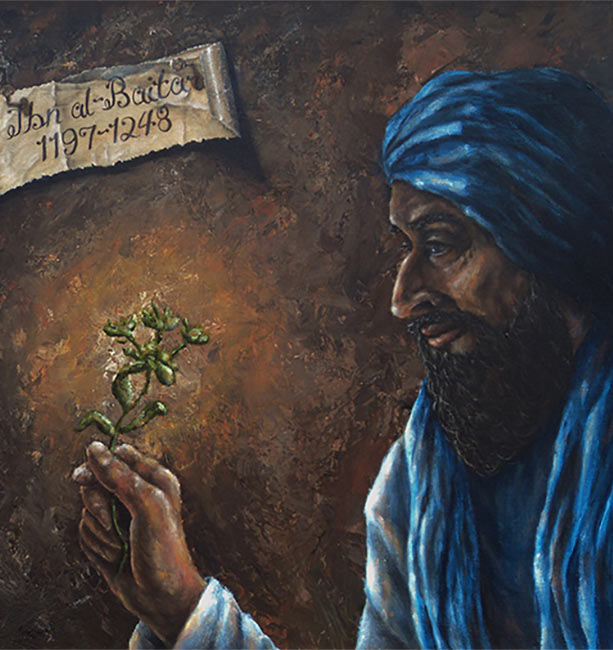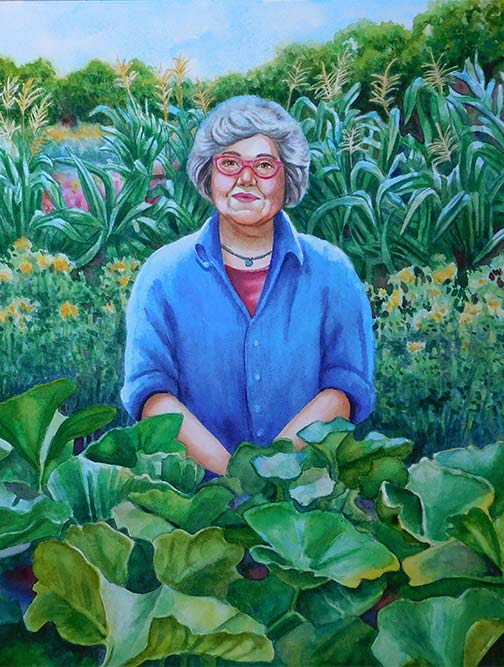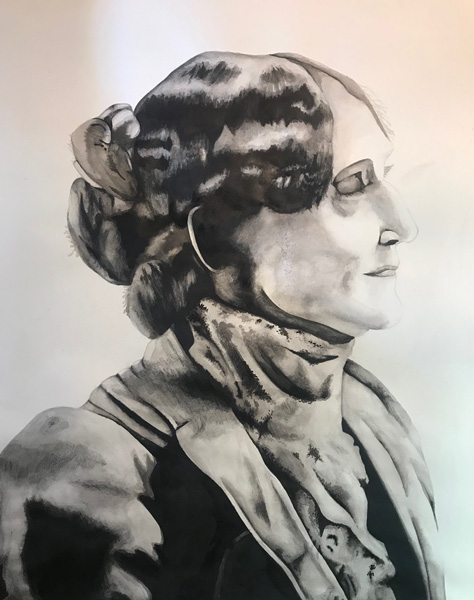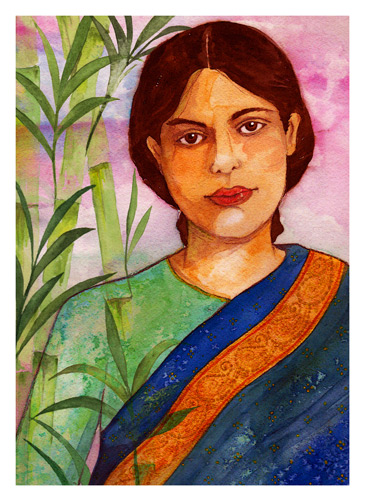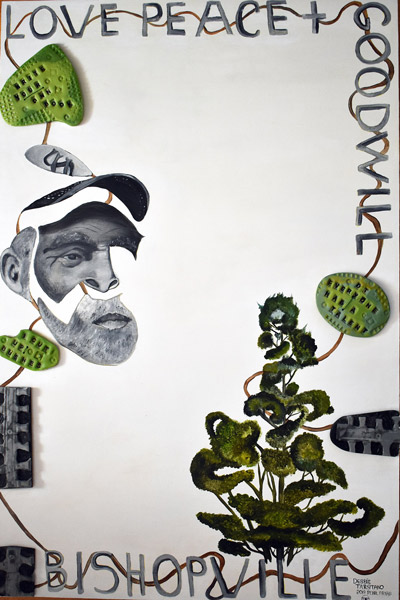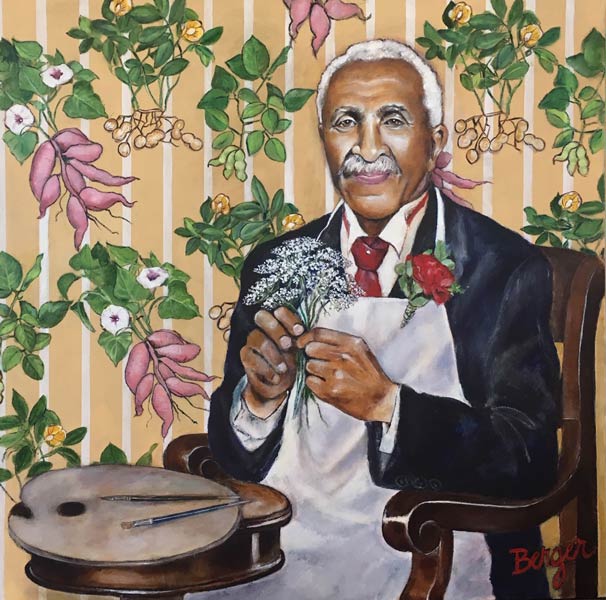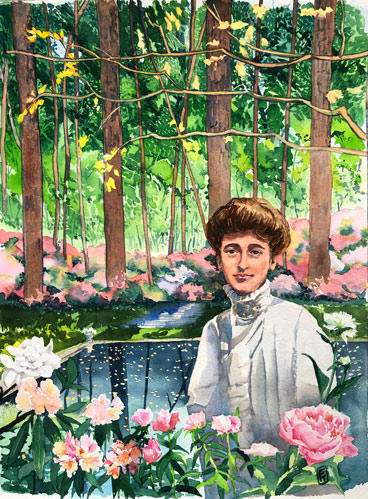About the Exhibition
New England Botanic Garden proudly presents an extraordinary collection of diverse and visually striking portraits that pay homage to the groundbreaking contributions of thought leaders in the world of gardening, botany, horticulture, and conservation. Each portrait masterfully captures the essence of these horticultural heroes, celebrating their tireless commitment to advancing plant knowledge, fostering community growth, and championing the preservation of vital ecosystems. Through the expressive strokes and artistic ingenuity of the creators, viewers are invited to discover the stories and legacies of these influential figures, both familiar and unsung, who have shaped the world of horticulture throughout history. This exhibition serves as a vibrant tribute to the trailblazers who have left their mark on the world of horticulture, offering an enriching experience for all who appreciate the beauty and significance of art and nature.
Learn more about each Horticultural Hero below. Click on their name to read about their legacy. Available in English and Spanish.
Horticultural Heroes is designed as a traveling exhibition. To learn more contact Lea Morgan, Manager of Exhibitions at lmorgan@nebg.org.
Horticultural Heroes Collection
